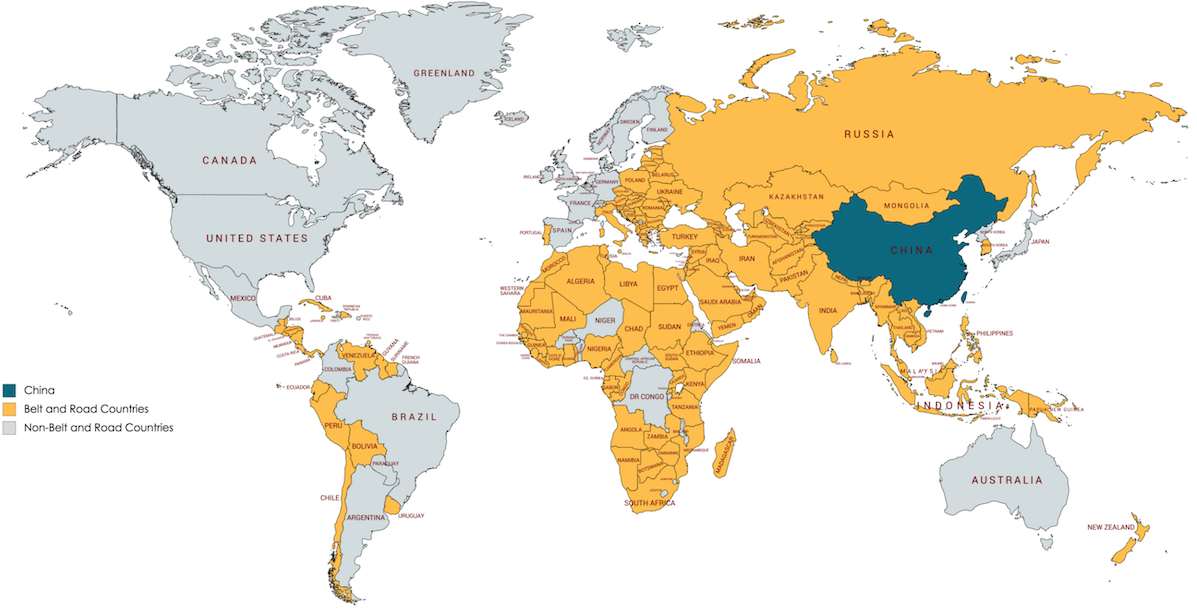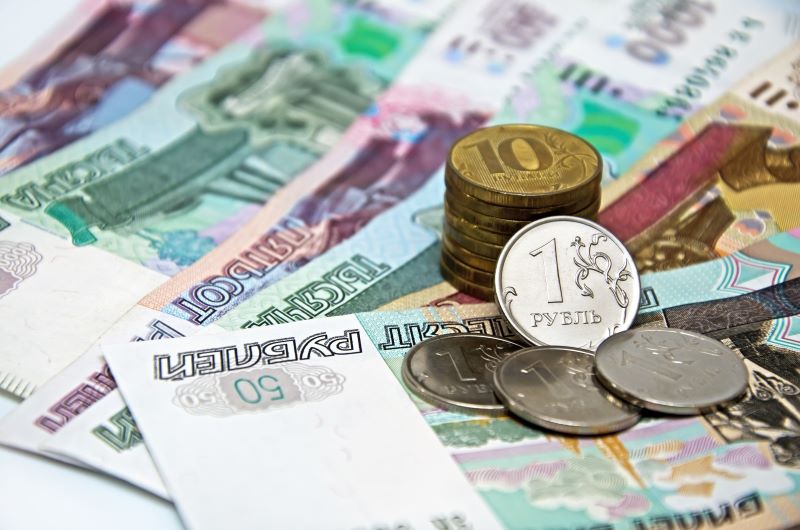Recommended
This note was commissioned by CGD with authors from Development Reimagined.
Overview
Global e-commerce sales surged to US$25.6 trillion in 2018, up 8 percent from 2017.[1] Leading the way are China (US$1.5 trillion), the United States (US$600 billion), and the United Kingdom (US$135 billion) holding the top three spots respectively.[2] Yet Africa, with 17 percent of the world’s population, still lags behind both in e-commerce sales and the use of mobile money for online purchases. Why is this a problem?
Africa now accounts for over half of the world’s extreme poor and has a young, dynamic population set to double by 2050—making up 26 percent of the world’s population.[3] E-commerce or digital trade could be a powerful “leapfrogging” tool to boost trade, create employment, raise incomes, and reduce poverty.
However, as Mukhisa Kituyi, secretary-general of the United Nations Conference on Trade and Development (UNCTAD), has stated, “the question from a development standpoint is whether businesses in developing countries are prepared to seize the opportunities provided by e-commerce.” We agree and would add these questions: Are international investors and development partners prepared to support African countries to seize the opportunities provided by e-commerce in the most sustainable manner? Furthermore, with lockdowns and social distancing due to the COVID-19 pandemic providing a key opportunity for e-commerce and related digital solutions, tools and services to thrive, can this be leveraged and sustained?
This note explores the potential for e-commerce to support poverty reduction and sustainable, inclusive development across Africa by drawing on lessons from China, the world’s largest and fastest growing e-commerce market.
China, often seen as both an e-commerce and poverty reduction success story, had 855 million digital consumers, spending an estimated US$1.5 trillion online in 2019.[4] Yet, only a decade ago China had around 150 million people living on less than $1.25 per day and e-commerce users stood at only 121 million.[5] While the causality is difficult to determine, the two trends are clearly correlated to some degree. But how and why?
Internet access, mobile payments, and infrastructure connectivity have spurred the growth of e-commerce, and since 2016, both the government and the private sector in China have used e-commerce as a tool to support poverty reduction efforts through so-called Taobao villages in particular. A World Bank report published in 2019 credited these villages with supporting inclusive growth across China, but is this the whole story? And if it is, can this model be replicated in other developing countries, especially across Africa?
This note, aimed in particular at policymakers and business leaders in African countries, first dives into the current situation of e-commerce in China and Africa, then explores how China has grown a strong e-commerce industry that now supports poverty reduction efforts, and next discusses how China’s lessons can be adapted for Africa. Finally, the note provides recommendations for African policymakers and the private sector in utilising e-commerce for poverty reduction
Leah Lynch is deputy director at Development Reimagined. Chung Tsz Chung is a policy analyst at Development Reimagined.
Rights & Permissions
You may use and disseminate CGD’s publications under these conditions.






